Today, there are less than 45 monarchies remaining in the world and most of the ruling monarchs have no real power over their countries. Only a handful of countries are still absolute monarchies where the King or Queen has full authority over the entire nation.
Although this list includes dates for the founding of these monarchies, these numbers are often not absolute and can vary depending on the source.
It is often difficult for a country to definitively say who their first ruler was as every country on this list started out with several smaller kingdoms and rulers.
8. Kingdom of Sweden
Year Founded: c.970 AD
First Monarch: Eric the Victorious
Current Monarch: Carl XVI Gustaf
Current Heir Apparent: Victoria, Crown Princess of Sweden
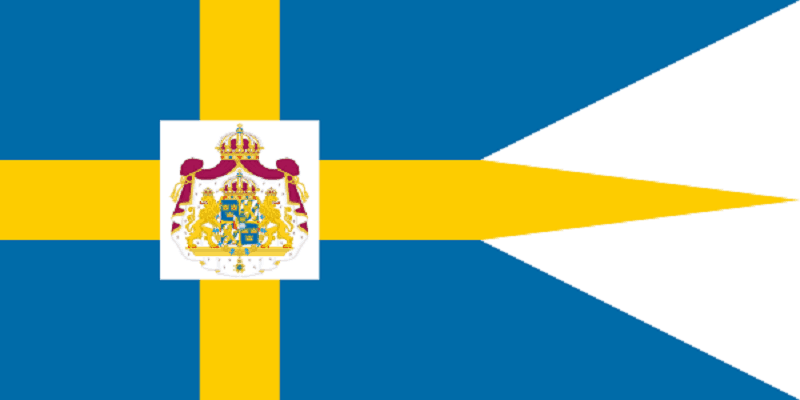
Sweden typically recognizes Eric the Victorious as the first King of Sweden — he ruled from 970-995. However, according to Swedish legends, there are several mythical kings who ruled the land before Eric the Victorious and the earliest written records of a Swedish King date back to around 100AD.
Like other modern monarchies, Sweden is both a constitutional and hereditary monarchy with a parliamentary system and the ruling monarch has no real political power.
Since 1818, Swedish monarch have been descendants of the House of Bernadotte. In 1980, Sweden’s rule of succession was changed to absolute primogeniture, meaning the throne will be passed down to the eldest child of the reigning monarch regardless of gender.
7. Kingdom of Denmark
Year Founded: c.935 AD
First Monarch: Gorm the Old
Current Monarch: Margrethe II
Current Heir Apparent: Frederik, Crown Prince of Denmark
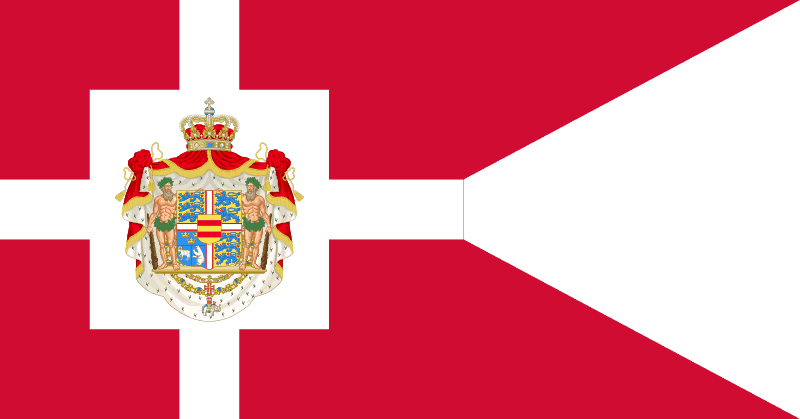
The Danish Monarchy was established around 935AD by Gorm the Old, who ruled a unified Denmark until his death around 958AD. The Kingdom of Denmark was originally an elective monarchy, but the choice of heir was typically limited to the eldest son of the reigning monarch.
An official hereditary monarchy was established in 17th century under Frederick III’s reign and it also became a constitutional monarchy in 1849 when Denmark’s first Constitution was written.
Denmark’s current monarch is Queen Margrethe II, who ascended the throne in 1972 after her father’s death. Queen Margrethe II is the first female monarch to rule since the reign of Margrethe I in 1375 – 1412.
6. Kingdom of Norway
Year Founded: c.885 AD
First Monarch: Harald Fairhair
Current Monarch: Harald V
Current Heir Apparent: Crown Prince Haakon
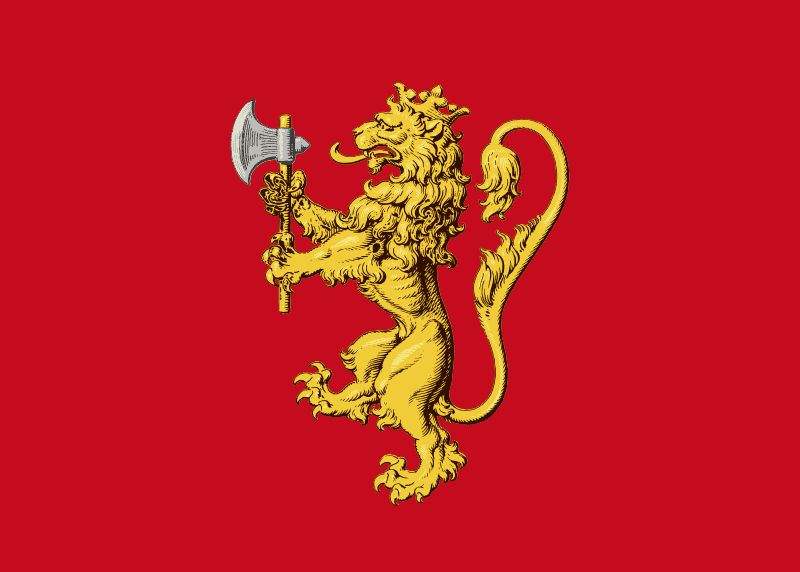
The Kingdom of Norway traditionally dates its monarchy back to 885AD, after the Battle of Hafrsfjord when Harald Fairhair merged several smaller kingdoms. Since then, there have been several royal dynasties ruling over Norway.
The country’s current King, Harald V, is a descendant of the House of Glücksburg, which began ruling in 1905.
Norway is both a constitutional and hereditary monarchy with a parliamentary system.
Throughout Norway’s history, the country has been united with both Denmark and Sweden. In 1905, Norway dissolved its union with Sweden to become and independent nation and chose Haakon VII as its King — he was the first monarch from the House of Glücksburg.
5. British Monarchy
Year Founded: 871 AD or 1066 AD
First Monarch: Alfred the Great or William the Conqueror
Current Monarch: Elizabeth II
Current Heir Apparent: Charles, Prince of Wales
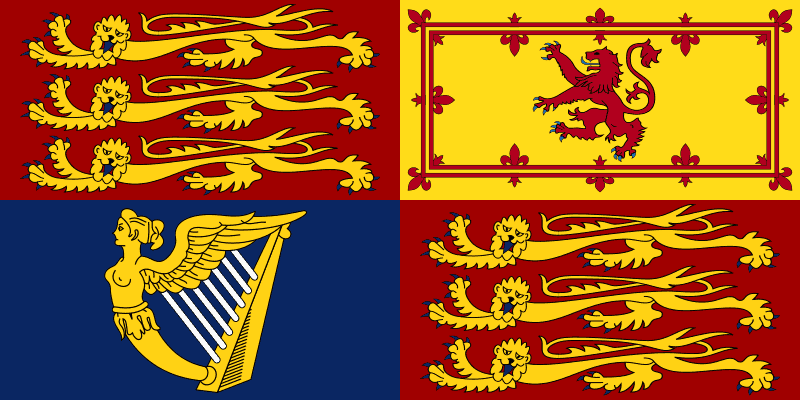
The start of the British monarchy is often hard to date as prior to 1066, England was divided into seven major kingdoms with several different rulers. Depending on who you ask, the first King of England is either Alfred the Great, who ruled from 871-899; or William the Conqueror, who invaded England from Normandy and was declared the King of a unified England.
The current royal family is directly descended from William the Conqueror. Queen Elizabeth II, who ascended the throne in 1952, is the longest reigning British monarch.
Today, the British monarchy is a constitutional monarchy with a parliamentary democracy.
4. Kingdom of Morocco
Year Founded: 788 AD
First Monarch: Idriss I (Idris ibn Abdallah)
Current Monarch: Mohammed VI
Current Heir Apparent: Prince Moulay Hassan
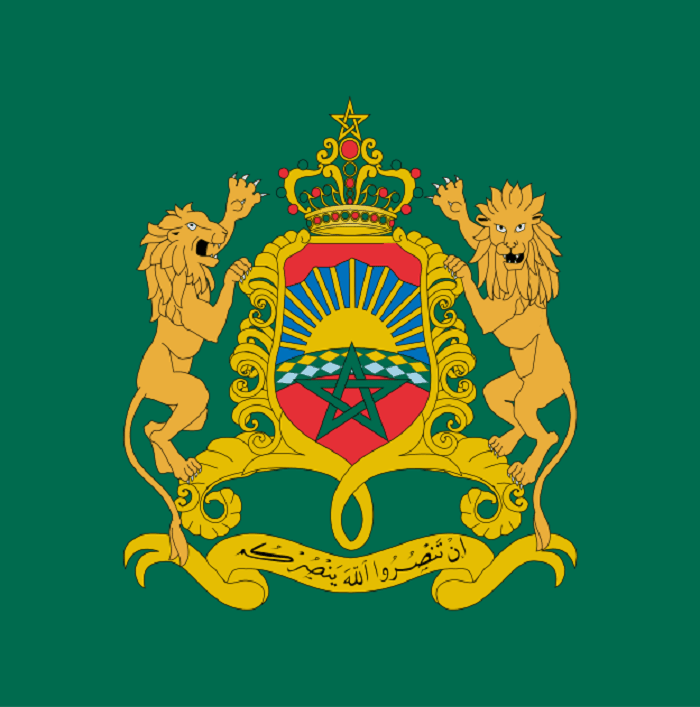
The Idrisids, who ruled Morocco from 788-971, are often credited with establishing the first Moroccan state. Morocco’s current ruling family, the Alaouite dynasty, first rose to power in 1666. Over the years, the ruler of Morocco has used different titles such as sultan, but since 1957, the designation King has been used.
The country is a constitutional monarchy with an elected parliament and the throne is usually passed down through the male heirs of the Alaouite family.
The King of Morocco has a wide array of executive and legislative power, particularly over the military, foreign policy, and religious affairs.
3. Sultanate of Oman
Year Founded: 751 AD as an Imamate; current Sultanate was established in 1749
First Monarch: Al-Julanda bin Mas’ood (first Imam); Ahmad bin Said al-Busaidi (first Sultan)
Current Monarch: Qaboos bin Said
Current Heir Apparent: none currently designated
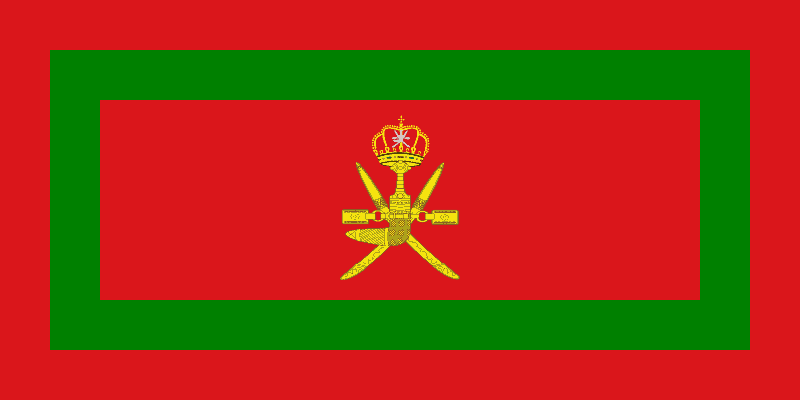
In 751AD, Ibadi Muslims established an imamate in Oman with Al-Julanda bin Mas’ood serving as the country’s first official ruler. The imamate survived until 1749 when the Al Said dynasty rose to the power and the Sultanate of Oman was established.
Since the reign of the first sultan, Ahmad bin Said al-Busaidi, the sultans of Oman have been direct descendants of his dynasty.
Oman is an absolute monarchy, which means that the sultan has supreme authority of the country and its people — it is one of the few modern monarchies, where the monarch holds real power.
2. Kingdom of Cambodia
Year Founded: 68 AD
First Monarch: Queen Soma
Current Monarch: Norodom Sihamoni
Current Heir Apparent: none as Cambodia has an elective monarchy; the next monarch is chosen by the Royal Throne Council, but is typically the son of the current monarch
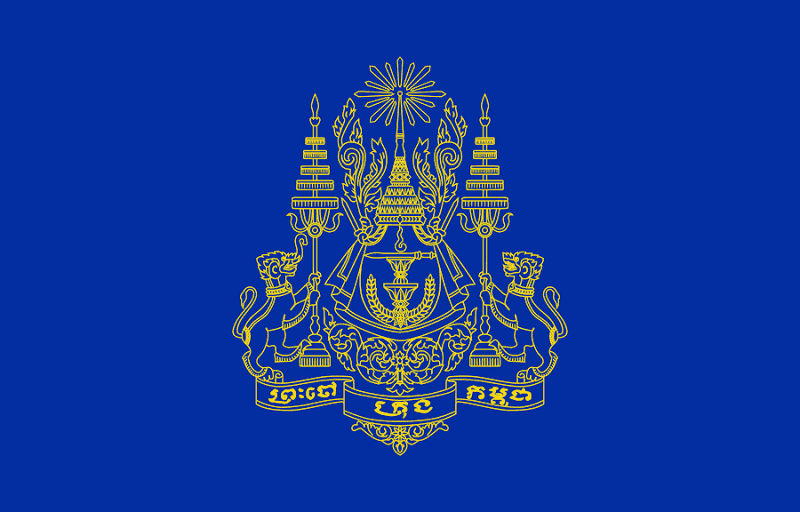
The monarchy of Cambodia was established in 68 AD under the reign of Queen Soma, who was not only Cambodia’s first official monarch, but also the country’s first female leader.
In the past, Cambodia had a hereditary monarchy, but since 1993, the King of Cambodia has been elected by the Royal Council of the Throne, making it one of the only elected monarchies in the world.
Monarchs are elected for life and typically selected from the Norodom and Sisowath bloodlines. Although past rulers wielded more power, today, the monarch serves as a symbolic figurehead for the people to give love and respect to. They have limited power over the country and the Prime Minister serves as the government’s leader.
1. Imperial House of Japan
Year Founded: 660 BCE (according to legend, but cited as the official founding date)
First Monarch: Emperor Jimmu
Current Monarch: Emperor Akihito
Current Heir Apparent: Crown Prince Naruhito
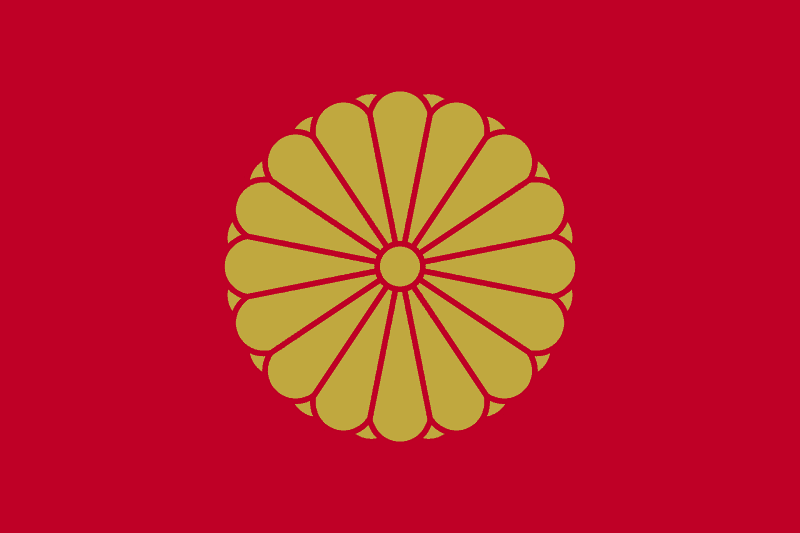
According to legend, the Imperial House of Japan was founded in 660 BCE by Japan’s first Emperor, Jimmu, making it the oldest continuous hereditary monarchy in the world. Although Japan’s monarchy has mythological origins, the country recognizes February 11, 660 BCE as the official date of its founding.
Japan’s imperial house recognizes 125 monarchs beginning with Emperor Jimmu, but existing records of the royal line of succession only date back to Emperor Ōjin, who ruled in the early 4th century.
The current emperor of Japan is Emperor Akihito, who ascended the throne on January 7, 1989; his heir and eldest son is Crown Prince Naruhito.
OTHER POSTS YOU MAY BE INTERESTED IN


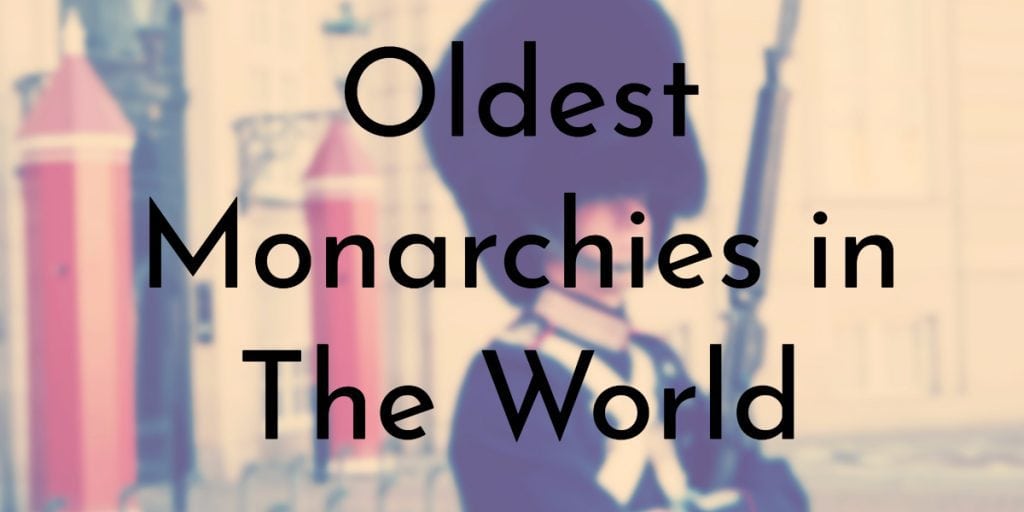
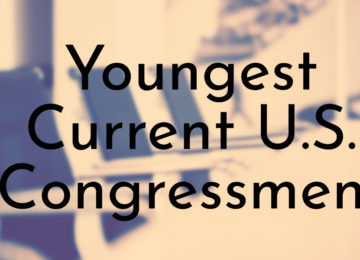
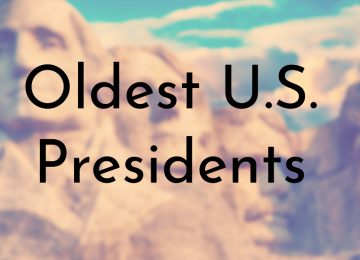

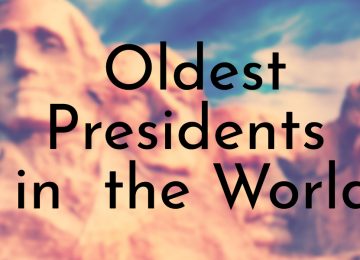
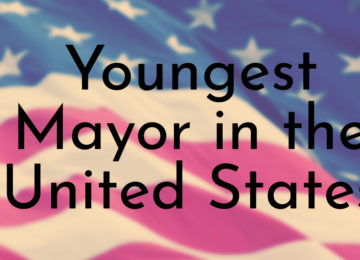




The Mewar is kingdom which ruled over 1400 years. It was established in 6 century and it is ruled by same ruler family. It was established by Maharaja Guhaditya, and now ruled by Maharana Mahendra Singhji Mewar
The British monarchy only came into being in 1707 with the union of the Scots monarchy (founded 834AD) and the English monarchy (founded 927AD.) Scotland is the oldest monarchy in Europe.
Athelstan, Alfred the Greats’ grandson, is now accepted by historians as the first King of the English (927-939). Prior to that he was King of the Anglo-Saxons (924-927).
Constantine (Causatin) II, Kenneth McAlpins’ grandson, was the first to be referred to as Ri n’Albannaich (King of Scots) circa 900 CE. Prior to this the kings were known as King of the Picts.
Neither Scotland, nor England, covered the geographic territory that they do today.